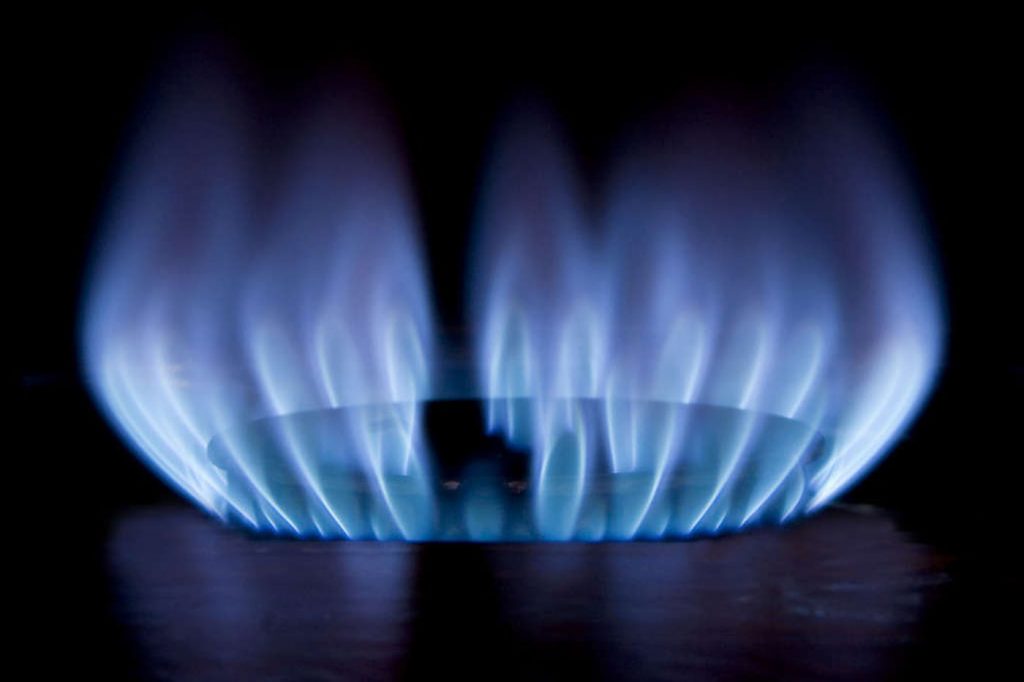By Akanimo Sampson
The All Progressives Congress (APC) administration in Nigeria under the watch of President Muhammadu Buhari, is currently shifting the country’s upstream operation towards NGLs and natural gas, in a bid to comply with its crude production quota under the OPEC+ agreement.
Under the OPEC+ deal, the size of the group’s daily production cuts target will be increased from 1.2 million barrels to 1.7 million barrels, compared to a baseline of October 2018, according to ministers including Russia’s Alexander Novak and Iran’s Bijan Namdar Zanganeh.
That does not require the group as a whole to pump less oil, since it was already implementing an additional cut of that size in October 2019.
Saudi Arabia, wishing to lead by example, has pumped well below its quota of 10.3 million barrels day for the duration of the agreement. The kingdom’s output averaged 9.8 million so far this year, according to data compiled by Bloomberg.
Other countries including Angola, Azerbaijan and Mexico have simply been unable to sustain their production due to natural declines.
OPEC+ which pumps more than half the world’s oil, however, agreed in the first week of last December in Vienna to reduce its output target by 500,000 bopd, bringing it in line with recent production levels.
Saudi Energy Minister Prince Abdulaziz bin Salman gave a clear signal before the meeting that his priority was to get some members to stop cheating and implement the cuts they have promised.
Last week, oil prices spiked after the US killed senior Iranian commander Qassem Soleimani in a drone strike and after Iran retaliated against US bases in Iraq, but quickly fell back again.
The heightened tensions in the troubled Gulf region have been focusing attention on the risk of disruption to oil tankers passing through the Strait of Hormuz, a critical artery for global supplies, and raised questions over Iraq’s plans for strong growth in its production.
The Strait of Hormuz is between Oman and Iran, which the US Energy Information Administration described as “the world’s most important oil transit chokepoint”. About a fifth of global oil consumption and a quarter of the international trade in liquefied natural gas passed through the strait in 2018, and there has been widespread speculation over whether Iran could try to close it to tanker traffic.
For now, that seems unlikely. However: all the countries in the Gulf region have an interest in keeping the Strait open as an export route. Decades of history have shown that even during periods of intense conflict, such as during the “Tanker War” of the 1980s, the oil has continued to flow.
In the meantime, NGLs are liquids separated from natural gas as the gas is processed either in the field or at gathering points before moving to market. NGLs are a mixture of light hydrocarbons including ethane, propane, butane, and light naphtha. The composition of NGLs varies.
Typically, NGLs are transported to a fractionation plant for separation into the different components.
Group Managing Director of Nigeria National Petroleum Corporation (NNPC), Mele Kyari, has noted that OPEC quotas only apply to crude oil production, not condensate.
Kyari told reporters on the sidelines of the Atlantic Council Global Energy Forum in Abu Dhabi, “you can produce condensate which is not part of the OPEC commitments. We are focusing our production to more gas-based reservoirs so that we can continue to grow our production while maintaining balance in the market.”
While pointing out that the country’s December oil production was 2.2 million b/d, Kyari however, declined to say how much of that was crude and how much was condensate. He simply said Nigeria was fully compliant with its quota of 1.77 million b/d for crude.
According to him, “we have met our commitment by December”, and on a panel at the forum, he said Nigeria was currently counting production of its new Egina grade as condensate.
Egina crude has a gravity 27.5 API significantly heavier than typical condensates, and a sulfur content of 0.17%, according to a source. The oil is expected to have high yields of gasoil and distillates.
Meanwhile, S&P Global Platts’ latest survey of OPEC production estimated Nigeria’s December crude production at 1.84 million b/d. From this January, Nigeria’s quota is expected to drop to 1.75 million b/d under the OPEC+ coalition’s agreement to deepen its production cuts through March.
Under President Buhari who also doubles as Petroleum Resources Minister, Nigeria has been criticised by many of its OPEC+ counterparts for its habitual flouting of its production cap.
UAE Energy Minister, Suhail al-Mazrouei, told reporters at the forum that Nigeria, along with fellow serial compliance laggard Iraq, had improved their performance in December. “December compliance of both Iraq and Nigeria have improved and we thank them for that,” Mazrouei said.
Though Kyari did not specify a date, he however, said Nigeria was still on track to launch a new oil licensing round in the first half of this 2020 for both offshore and onshore blocks. The licensing round is part of Nigeria’s bid to hit a three million b/d output target by 2023.
While many international oil corporations have said the country needs to offer more attractive fiscal terms, Kyari has pointed out that the Legislative arm of the Nigerian government was in the process of reviewing its petroleum law.
Early last November, the Buhari APC administration increased taxes on companies operating in its deepwater blocks. And for Kyari, “that will take care of the (country’s financial) concerns.”

